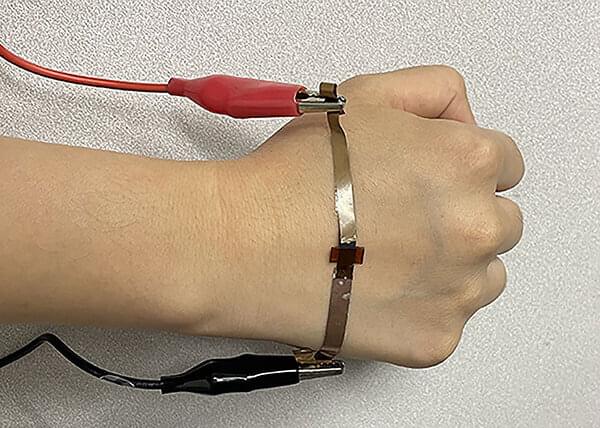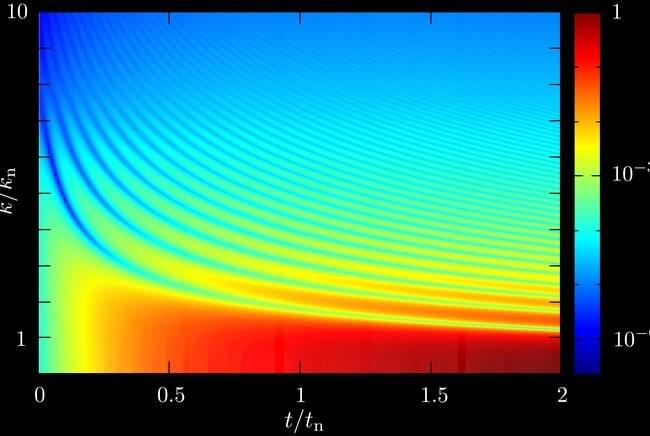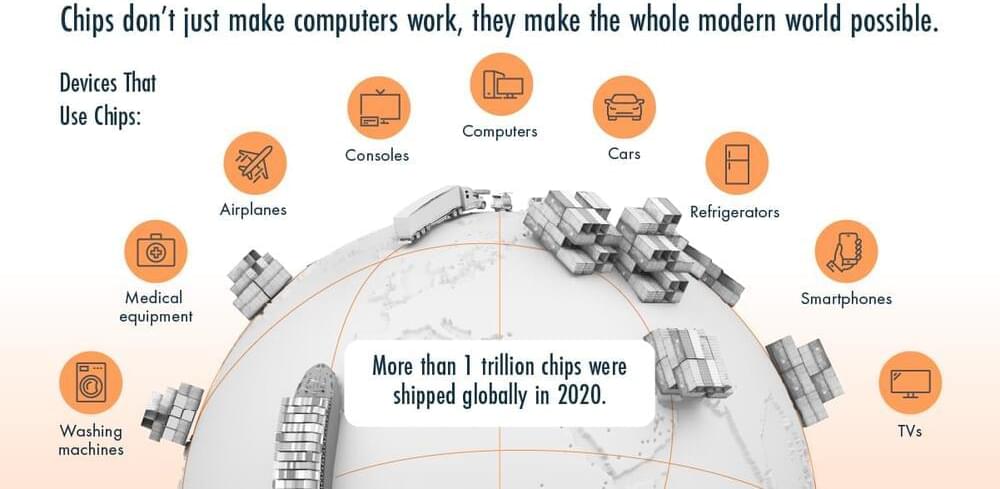Graphene, hexagonally arranged carbon atoms in a single layer with superior pliability and high conductivity, could advance flexible electronics according to a Penn State-led international research team. Huanyu “Larry” Cheng, Dorothy Quiggle Career Development Professor in Penn State’s Department of Engineering Science and Mechanics (ESM), heads the collaboration, which recently published two studies that could inform research and development of future motion detection, tactile sensing and health monitoring devices.
Investigating how laser processing affects graphene form and function
Several substances can be converted into carbon to create graphene through laser radiation. Called laser-induced graphene (LIG), the resulting product can have specific properties determined by the original material. The team tested this process and published their results in SCIENCE CHINA Technological Sciences.







